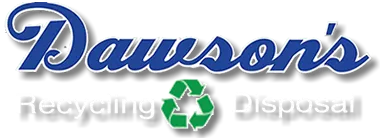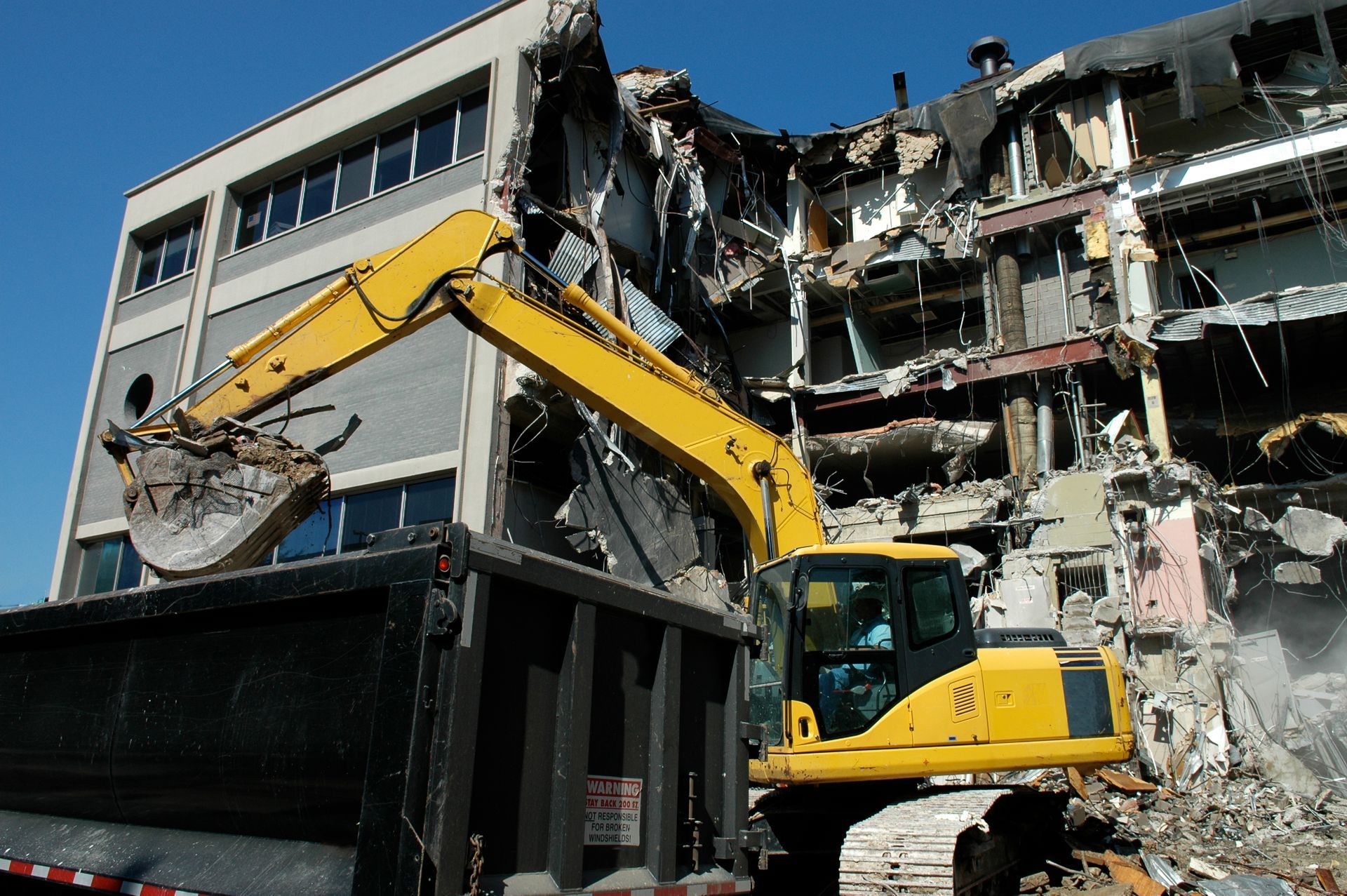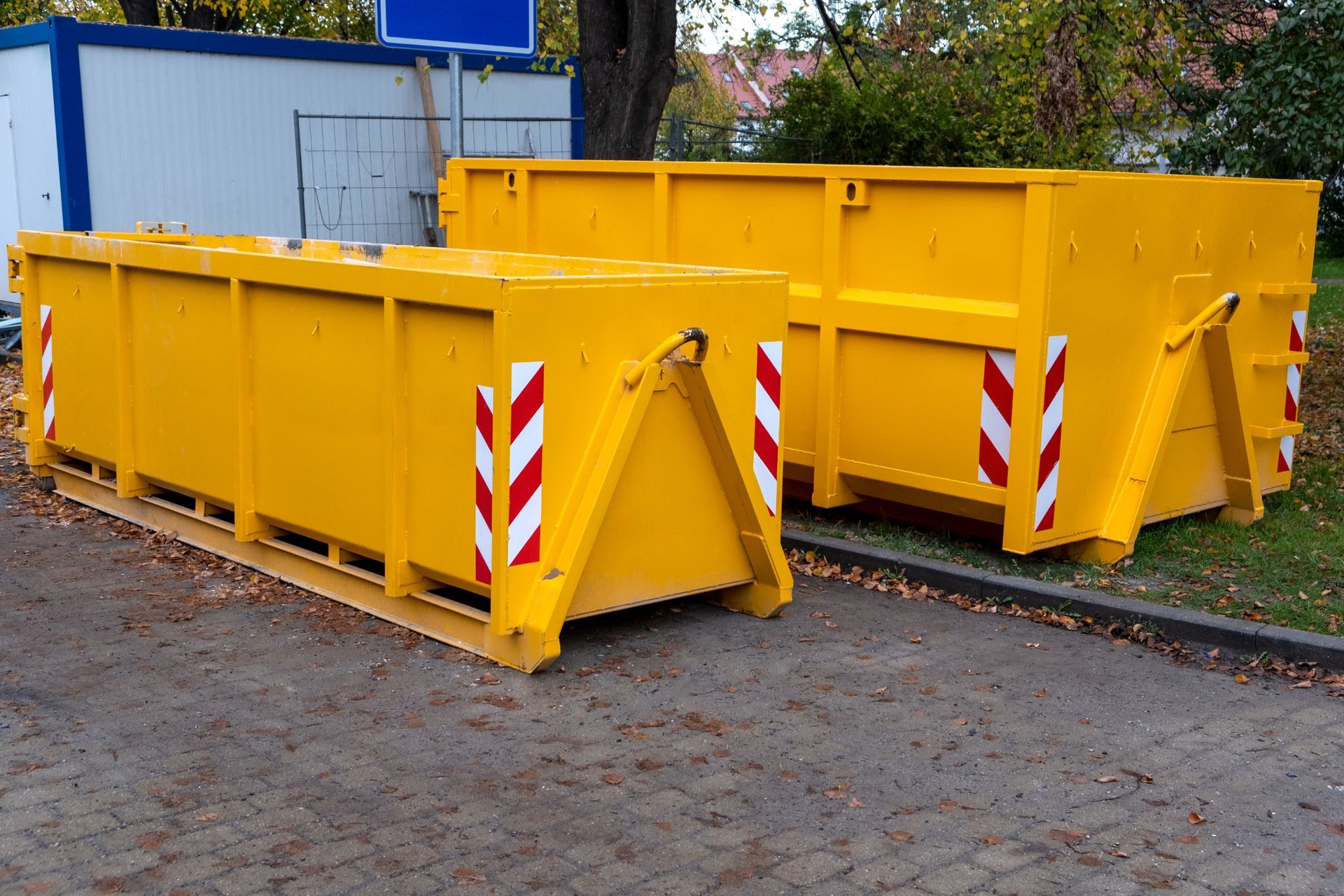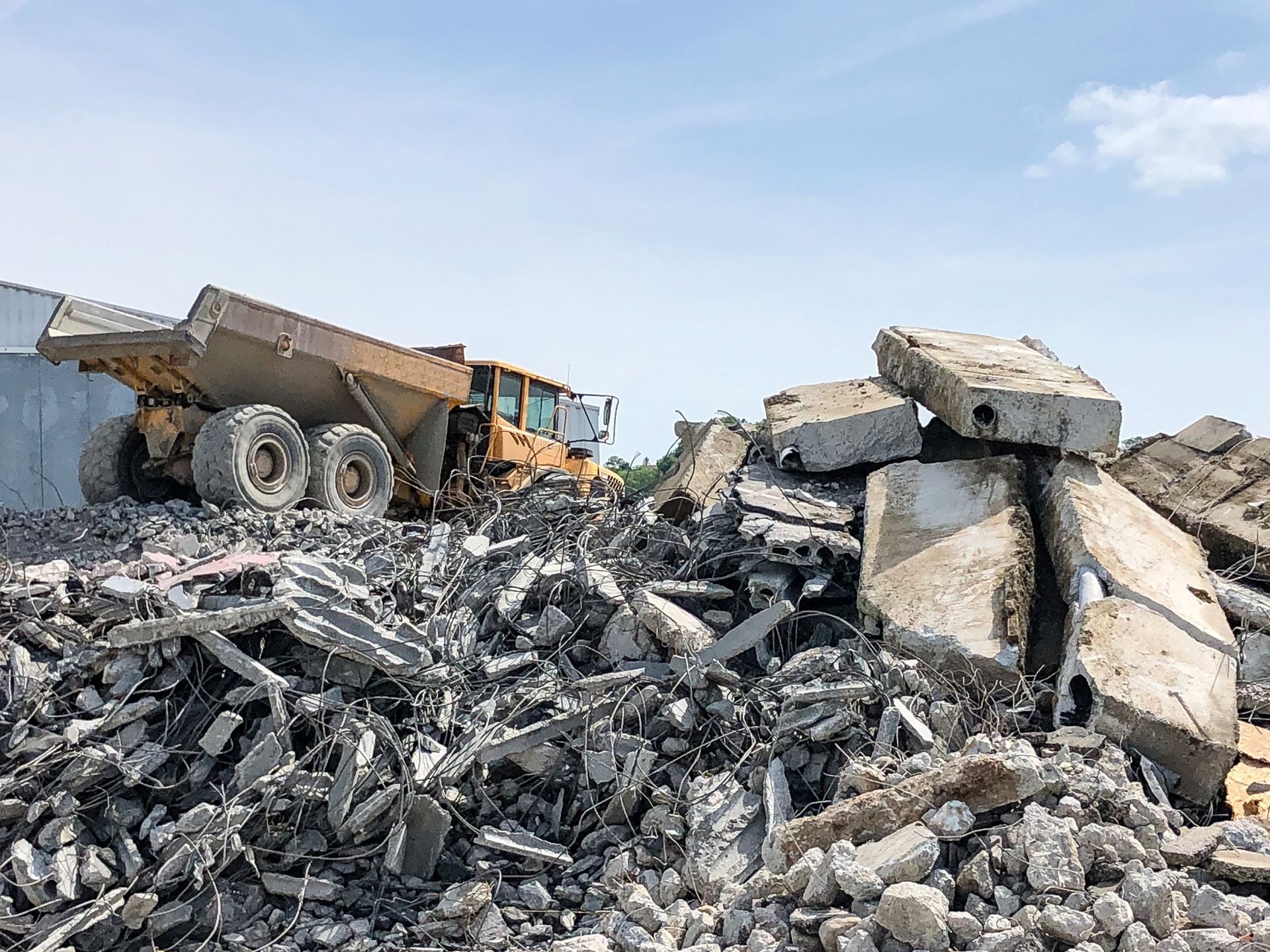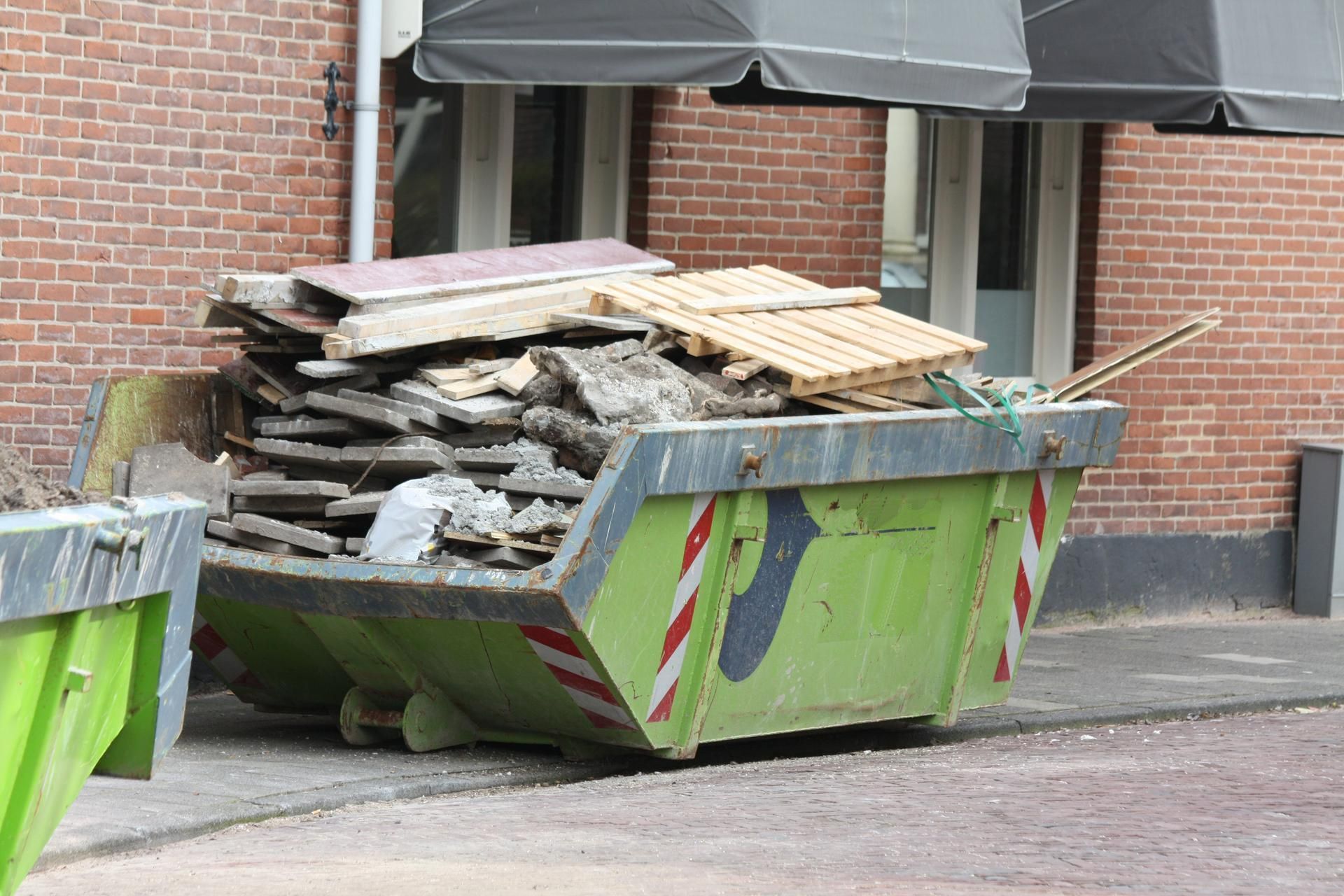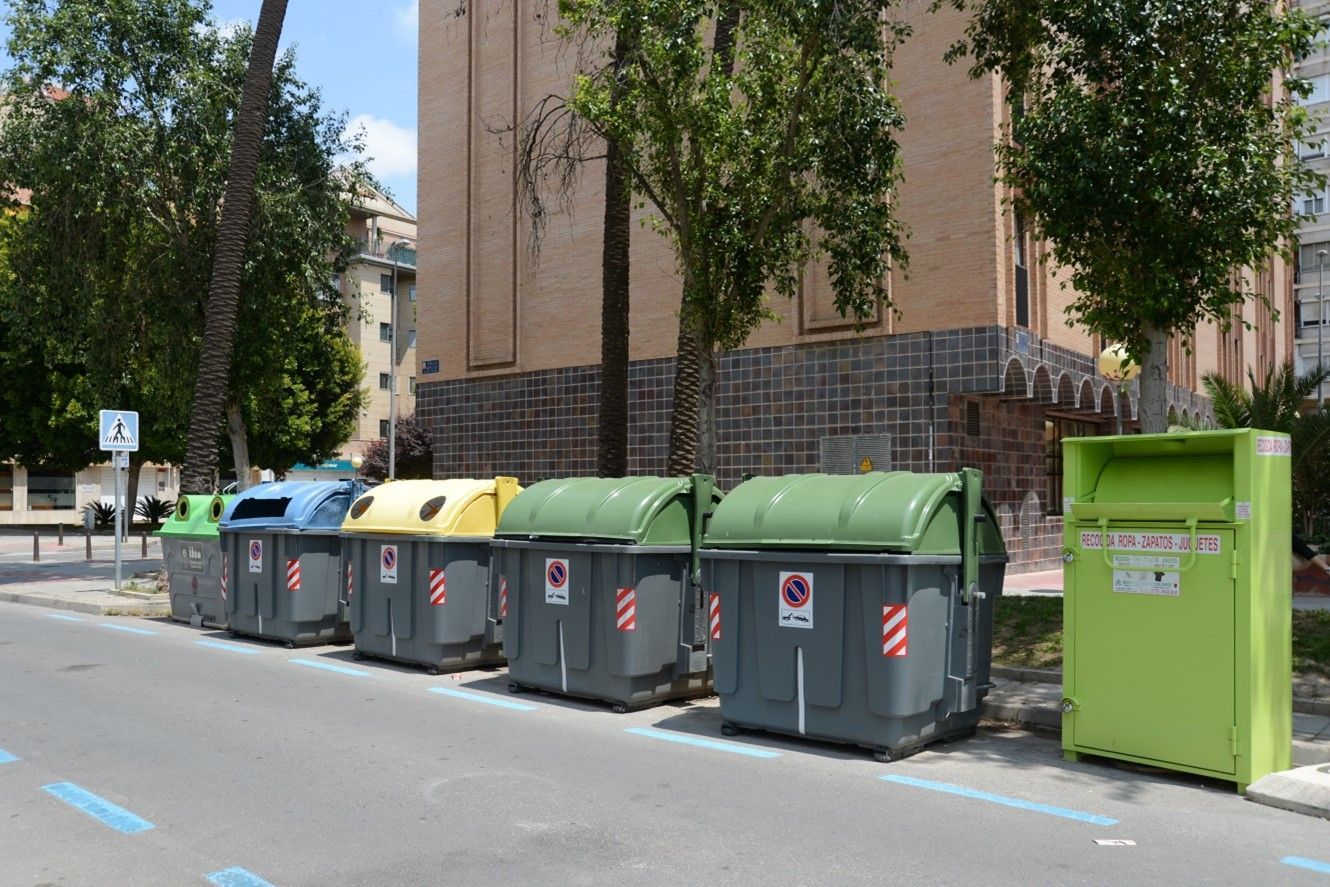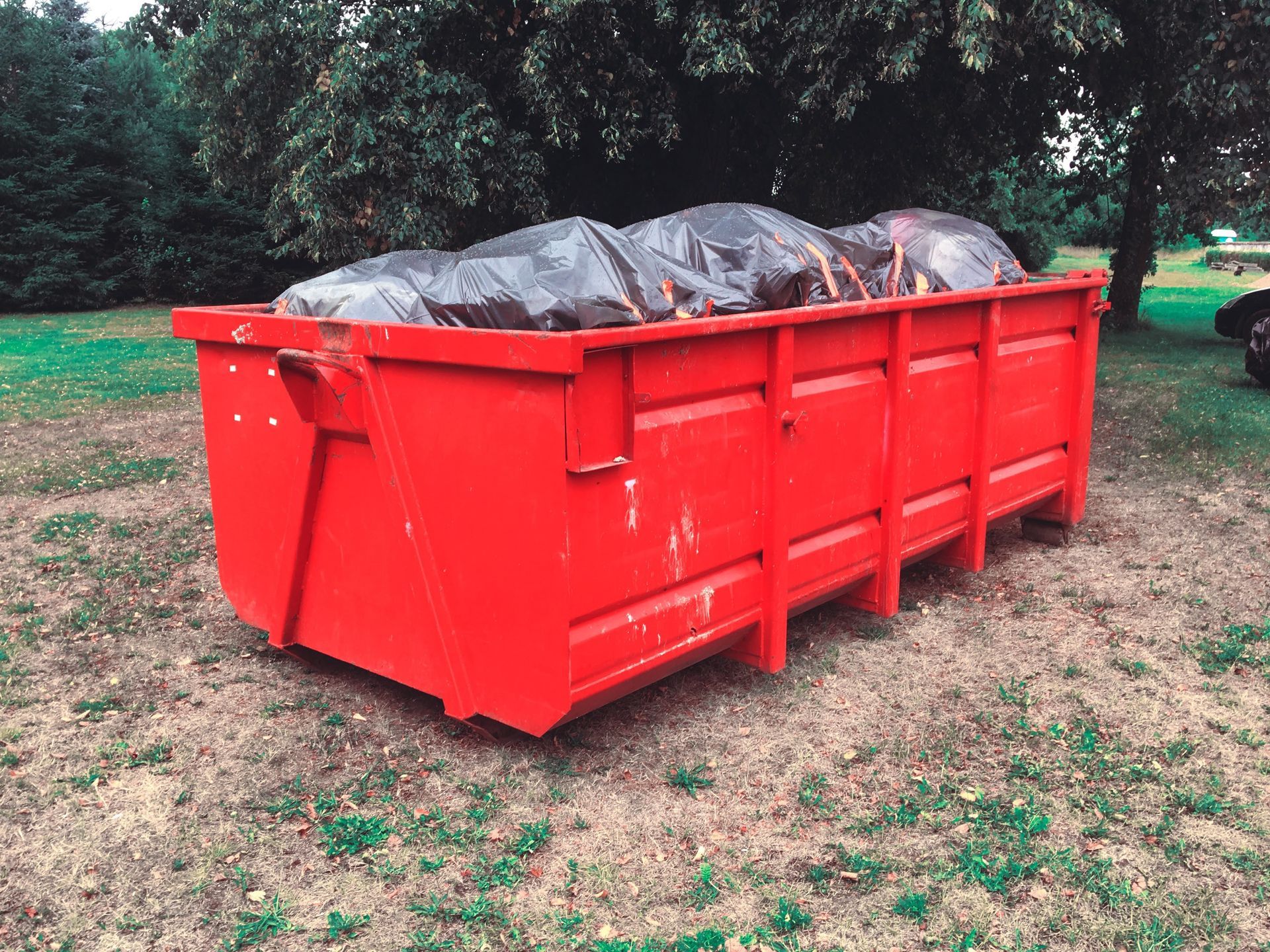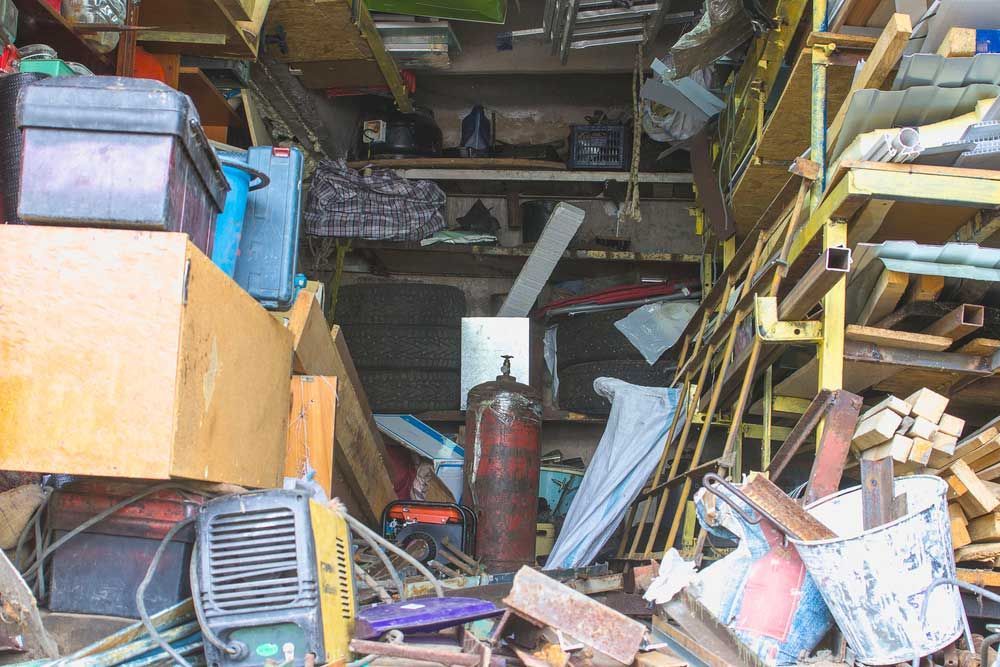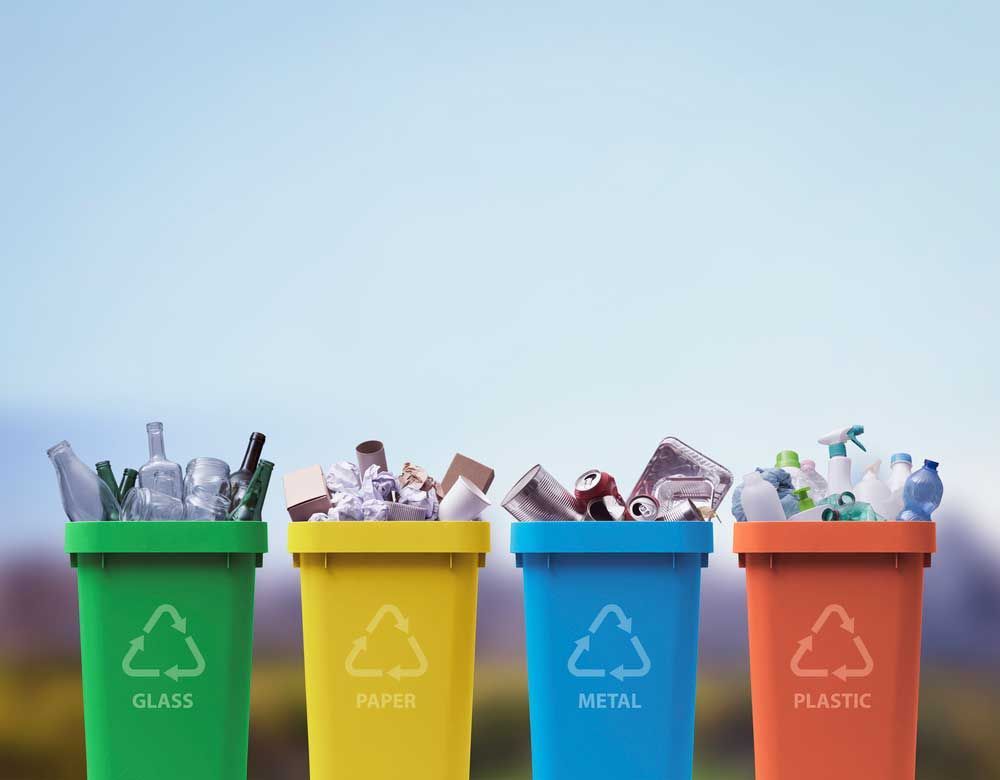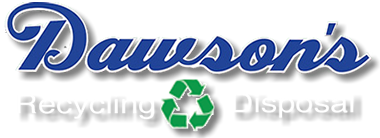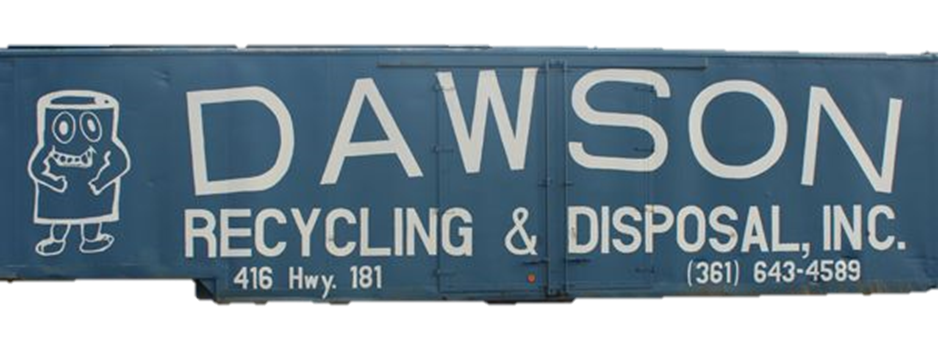Don’t Throw Away Your Old Copper and Brass
Copper and copper alloys have been recycled for thousands of years. It’s a common economic practice, even though it’s regretted by some. The copper and copper alloy industries depend on the recycling of products that are no longer needed. There’s a variety of copper-based materials that are used in a number of applications, and using the cheapest feedstock for making the parts needed to build these items allows manufacturers to offer them at the most economical price.
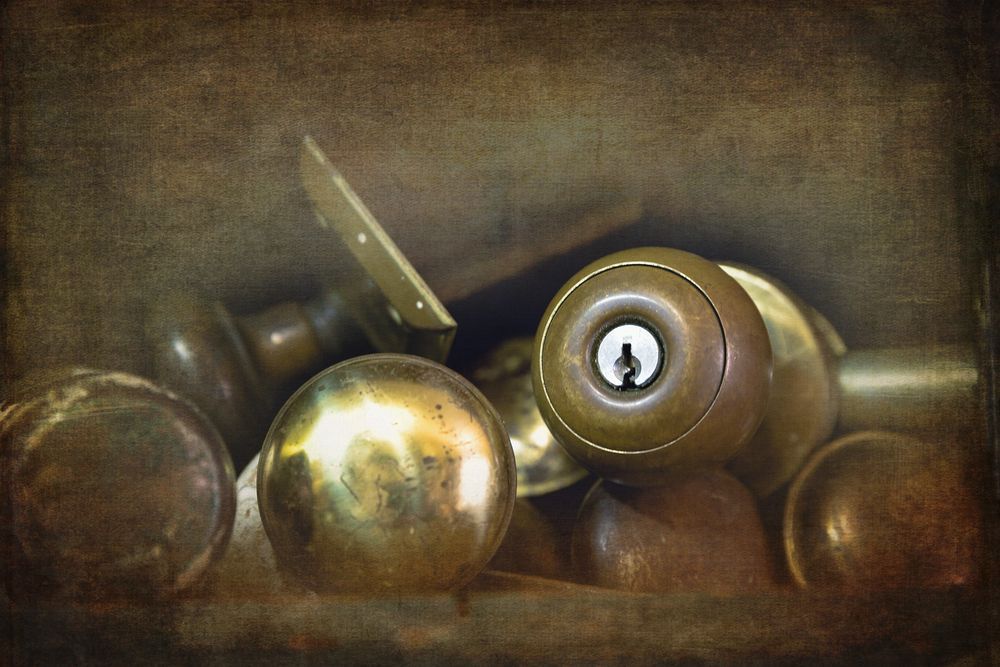
The Scrap Value of Copper
Copper is used for many of the most important applications (such as for the production of super-fine enameled wires). It’s also important for the purity of the copper to be maintained because it makes sure they get the highest amount of conductivity, consistent annealability, and freedom from breaks during rod production (which is done before drawing wires). Because the enamel layers are thin and have to withstand the right amount of voltage, they can’t have any surface flaws. The copper wire must also have excellent surface quality, so the best possible grade has to be used. Recycled copper hasn’t been contaminated and other types of scrap that has been electrolytically refined back to “grade A quality” can also be used.
Copper can be used for many non-electrical items — some of which may include:
- Plumbing tubes
- Roofing sheets
- Heat exchanges
Achieving a high level of conductivity isn’t needed for these products, so the quality requirements aren’t as high. Secondary copper can be used to make these materials, but there are still some quality limits with regard to the amount of impurity. Where copper recycling is concerned, it’s more cost effective to take advantage of the presence of any contamination than it is to remove it through a refining process. Many gun metals and bronzes need both tin and lead to be present, so scrap copper that contains any of these materials can be useful.
The Scrap Value of Brass
Brass recycling is essential for the economics of the industry. The brass used for extrusion and hot-stamping is typically made from a basic melt of scrap with a similar composition, which is then adjusted by adding virgin copper or zinc to a level that’s required to meet certain specifications. Scrap brass metal can be bought at a much lower price than you would from a metal mixture, because the cost of fabricated brass is much lower. Having other elements present in the brass mixture can also improve machinability, so it’s often acceptable to use recycled brass.
Aside from the free-machining brasses, there are many others with certain properties that make them more “special purpose.” Some them can include but may not be limited to:
- Extra strength
- Extra hardness
- Corrosion resistance
Scrap brass that comes from certain machining operations can be remelted in a cost-effective way, but it needs to be free from any excess lubrication (especially anything with organic compounds that can create an unacceptable amount of fumes). Any brass that’s made into sheets, strips, or wires needs to be free from impurities, so it can keep its ductility when cold. That’s why it’s common to use brass that also includes virgin copper and zinc, which can be made from scrap brass that has been properly cleaned, identified, and segregated.
If you have any items made of copper and brass that you no longer use, you should consider recycling them. If you’re looking for a place that does quality recycling in Corpus Christi, get in touch with Dawson Recycling and Disposal.
